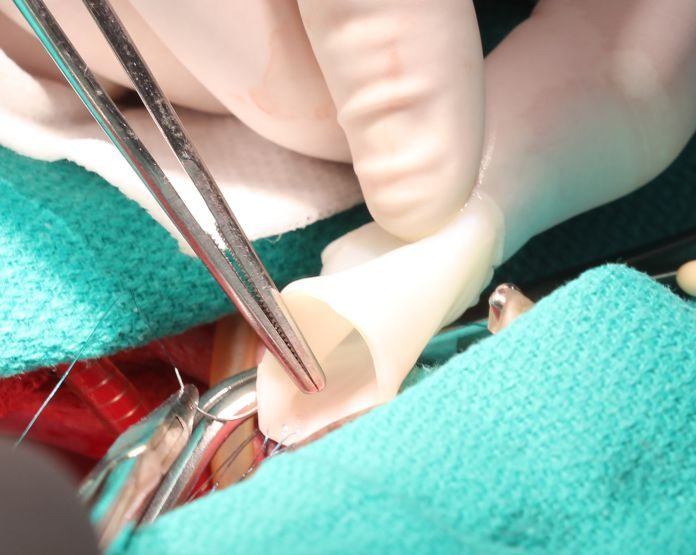Scientists from the University of Minnesota College of Science and Engineering have developed artificial blood vessels. Scientists developed this synthetic blood vessel to replace real vessels. It carries blood from the lambs’ heart to their lungs. According to study, this synthetic blood vessel grows after being an implant.
Scientists said, “This will help to make vessels that could prevent the requirement for repeated surgeries in children with certain heart defects. Although more research require testing whether these vessels could eventually be implanted in a human.”
Generally, children who have some heart problems need surgery to replace the vessels connecting the heart to lungs. Existing synthetic vessels that currently used in surgeries doesn’t grow with child growth. Thus, children have to undergo five to seven surgeries during their lifetimes to keep getting new, larger replacements for the vessels.
Scientists wanted to address this problem and create a material that would be capable of growth. They wanted a material that could eventually eliminate the need for these children to have multiple surgeries.
Discovery of this artificial blood vessels:
Scientists first placed sheepskin cells into a special tube. They then pumped nutrients into the fluid around the cells by allowing the cells to grow. The pumping stretch cells and fills protein to its surrounding. Ultimately, cells create a sheet that took on the shape of the tube and act as building blocks for the vessels.
After that, scientists wash the cells. Remaining was a tube-shaped-protein-platform. The researchers hoped that if they got rid of the cells. The blood-vessel transplants would not be recognizable as foreign bodies and, in turn, would not be rejected by the recipient’s immune system.
Then scientists’ inserted vessels those vessels transplants in 5-week old lamb. It replaces part of the vessel connected to heart and lungs. Thus, protein platform inhabits by the lambs’ own cells after transplantation. They grow as the lamb grows.
While removing grafted vessels from lambs, they even analyzed features. They found that the grafts had grown from almost small tubes to larger structures. (Almost 50 percent longer and wider than their original lengths and widths).
Scientists observe the sheep until it turns almost 1-year-old or about four to five times larger than it was when the vessels implanted. The lambs’ child did not show any negative side effects after transplantation.
Robert Tranquillo said, “They were functioning almost like normal arteries in the adult sheep.”
